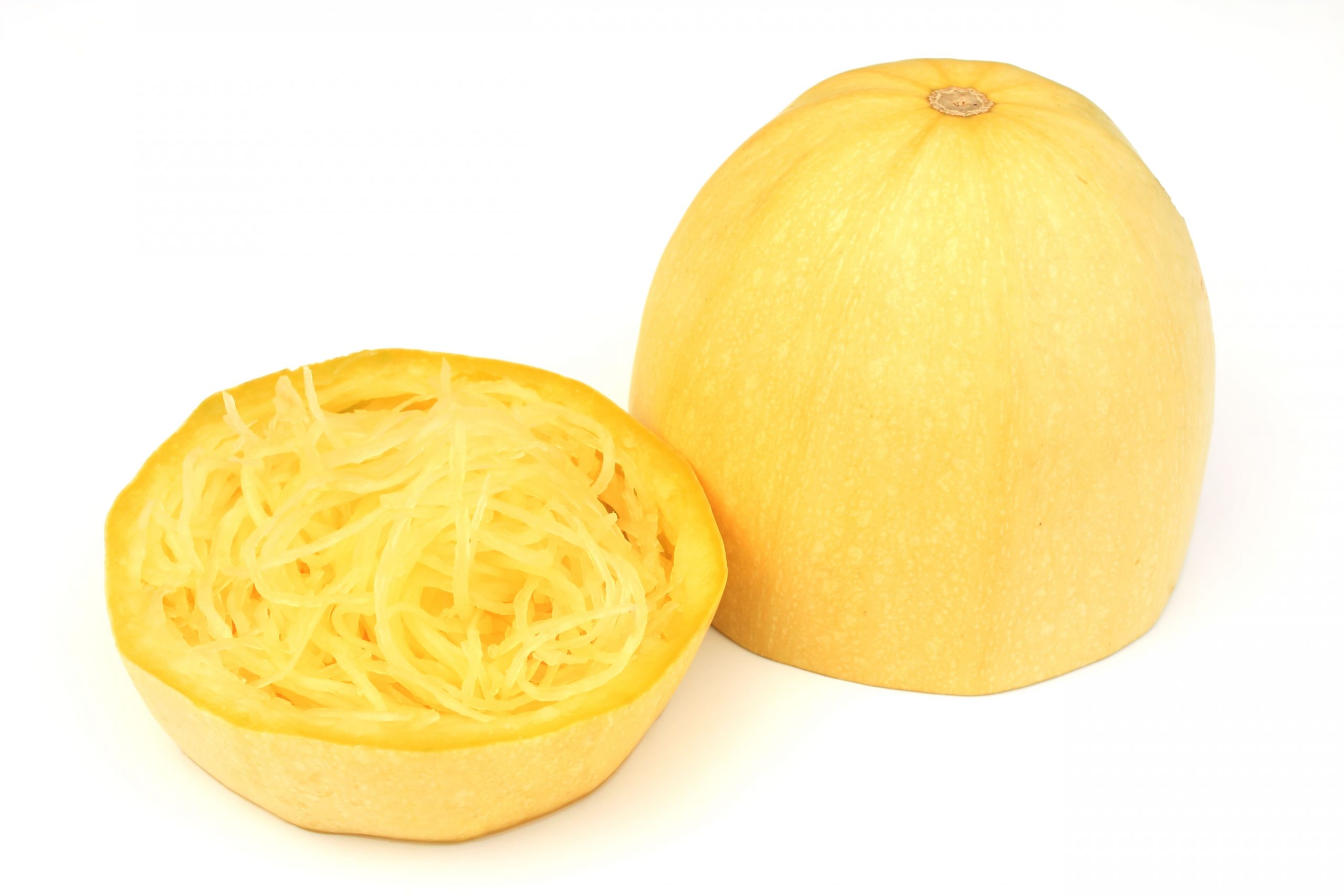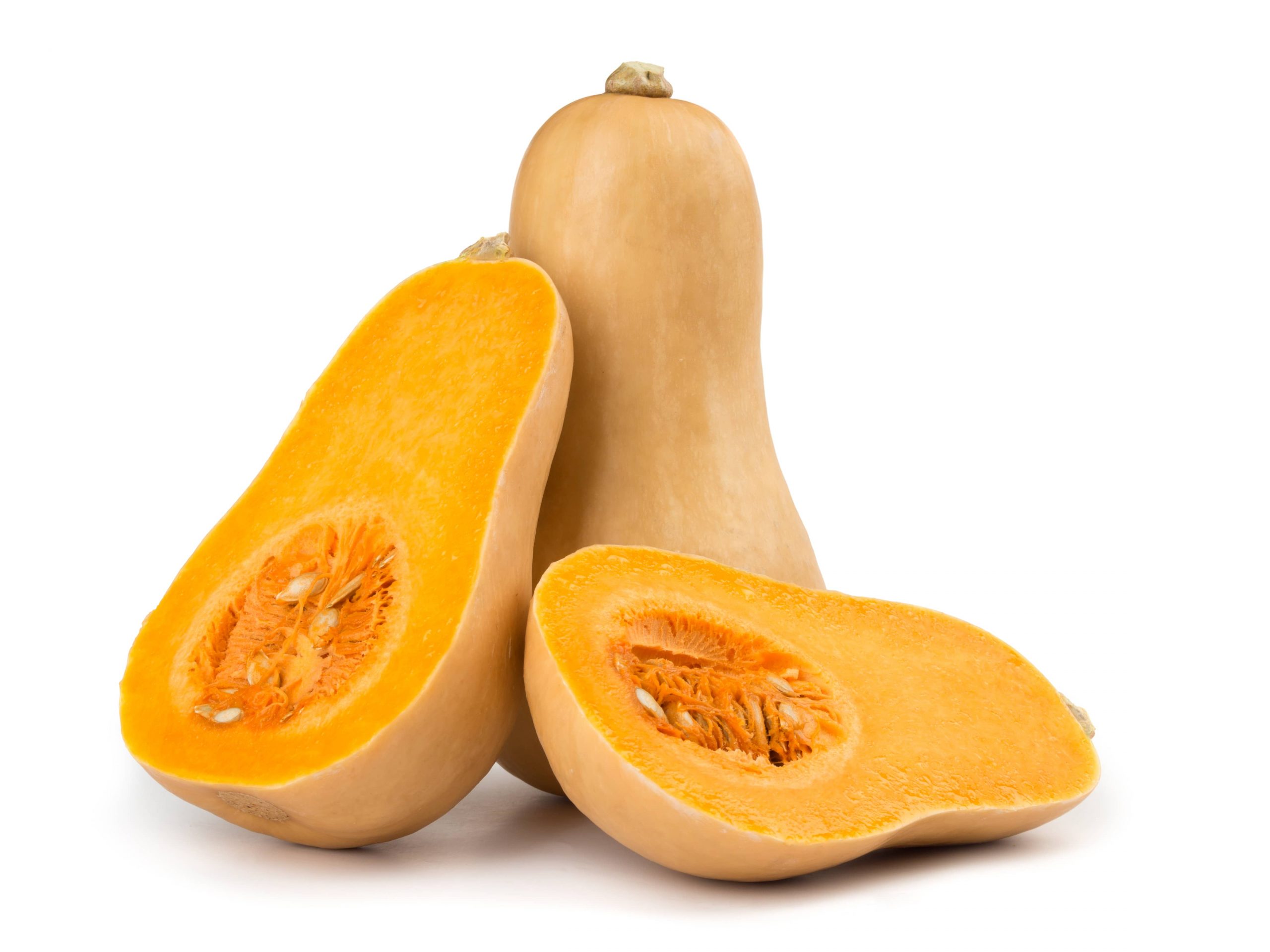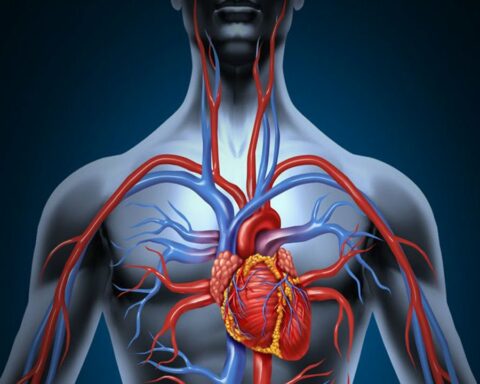While many people enjoy pasta noodles, squash spaghetti are also becoming popular due to their rich nutritional profile and health benefits. They are fast-substituting pasta noodles.
Spaghetti squash is a yellow oval-shaped vegetable usually harvested in the winter season. After cooking it, you can shred its inside part into long thin threads and enjoy them. Its texture isdelicious andsimilar to the pasta’s, making it a major substitute for pasta noodles. It has a mild taste when eaten on its own and is milder when taken with butternut, delicate nuts, or acorn squash.Do you want to learn more about this delicious spaghetti squash? Keep readingthis articleto find out more.
The nutritional profile of spaghetti squash
Spaghetti squash has a wide range of minerals, although in trace amounts. They include Vitamin C andB6, Potassium, and Manganese. In a singleserving, you are likely to benefit from the following many nutrients, including 2 grams of fiber, 10 grams of carbohydrates, 42 calories, 4 grams of sugar, and 1 gram of proteins.
Health benefits of spaghetti squash
Spaghetti squash has numerous health benefits to the body, including;
i. It helps manage weight
Spaghetti squash has high fiber content, making onefeel full for longer. It is also low on calories, making it a valuable tool for weight control. Yet, a healthy weight is critical and will lower your risk of contractingheart diseases and diabetes. For better results when preparing spaghetti squash, you could mix it with vegetables.
ii. Reduces the risk of getting cancer and other chronic diseases
The yellow color of spaghetti squash is due to beta-carotene, an antioxidantthat protects cells from getting damaged and becoming cancerous. Besides, it prevents DNA damage. Spaghetti squash has vitaminC, which has antioxidant properties. Furthermore, the antioxidants lower one’s risk ofgetting chronic diseases like diabetes, arthritis, and heart diseases.
iii. Improves the colon health
A serving of spaghetti squash has more than 2 grams of fiber. The fibers have many health benefits. For instance, their presence means improved bowel movements because of the addedbulk. Consequently, the risks of getting hemorrhoids, colorectal cancer, and diverticulitis go down.
iv. Improves dental health
Spaghetti squash has vitamin A, andC. Vitamin C is responsible for healthy gums, preventing tooth loss. Vitamin A, on the other hand,contributes to healthy salivary glands and mouth tissues. Moreover, being a low-calorie food, you are less likely to get tooth decay due to the reduced starch intake when eating spaghetti squash.
v. Builds strong bones
Spaghetti squash has several minerals linked tothe growth of heavy bones. They include copper, zinc, magnesium, manganese, and calcium. Manganese is responsible for bone metabolism, lowering the risk of osteoporosis. Further, zinc and copper help build the bone’s overall structure. In addition, magnesium works together with calcium and phosphorus to promote bone functionality. They are also found in the teeth where they contribute to dental health.
vi. Vitamin B presence
The complex vitamin B (B5, B3, B1, and B6) in the spaghetti squash helps convert food into energy and regulate metabolism. Moreover, niacin (B3) helps withthe general health of the brain, nervous system, and skin. Thiamin (B1) is essential for muscle and brain functioning. It also prevents one from getting beriberi, mental confusion, heart issues, and high blood pressure. Vitamin B6 helps regulate mood, sleep, and appetite.
How is spaghetti squash prepared?
Start by washing and drying the spaghetti squash. Look for a sharp knife to slice the squash either horizontally or vertically, with the former being the easier way to go and will also result inlonger strands of the noodles.
There are many ways of preparing the squash, and you choose which one works best for you. For example:
- Bake or microwave them when whole
- Steaming them on a pan of water in an oven (boiling)
- Baking them in halves lengthwise or cut-side up or downward.
Before boiling it, be sure to make some holes on the cover of the spaghetti squash. Besides, you can caramelize the edges to make the squashyummier. If you choose to bake them, do it for30 to 40 minutes. Using a fork to shredcooked spaghetti squash and obtain the strands helps retain them.
How to identify a good spaghetti squash
- In identifying a good spaghetti squash, the following guidelines could give you tricks; Pick a firm spaghetti squash with no soft spots and feels heavier for its size.
- Check if the stem should be firm, dry, and round
- The shell of the squash should be pale yellow. Therefore, do notpick onewithout astem or with askinny and green stem.
How is squash spaghetti stored?
Spaghetti squash should be stored in a cool, dry place for not more than one month. Moreover, you should take care not to bruise it and make soft spots on it. Besides, the storage area should be well ventilated.Farmers are advised to cure themby cutting them and covering them with a plastic cover ready for refrigerationif they are going to travel long distances.
Does everybody take it?
Despite the numerous advantages of spaghetti squash, some conditions may prevent you from eating it. For instance, you might be allergic to winter foods, and spaghetti squash being one of them, might trigger allergic reactions, including itching, swelling, and digestive issues. If you experience such after eating spaghetti squash, it means you are allergic to it. Hence you should not take it.
To obtain maximum benefits of spaghetti squash, you should take it with healthy foods like vegetables, fruits, herbs, heart-healthy fats, proteins and spices, and toppings.
Spaghetti squash can sometimes interact with some medicines. Therefore, you should always consult with a doctor if it would be wise to take them together.
Conclusion
The delicious spaghetti squash has several benefits to your health. Therefore, you can incorporate it into your diet by replacing noodles with them. It is also easy to prepareit, and you can choose to bake, microwave, or boil it. Moreover, you can take it on its own or alongsidevarious other dishes like whole grains and healthy fats.
Credits
We would like to thank the below contributors who have helped us to write this article:
- Our Big Kitchen’ (OBK) is a non-profit organization located in Sydney, Australia - April 10, 2023
- Duos CBD, a hemp product E-commerce website - April 10, 2023
- SOFA SPOONING SEX POSITION - April 7, 2023







